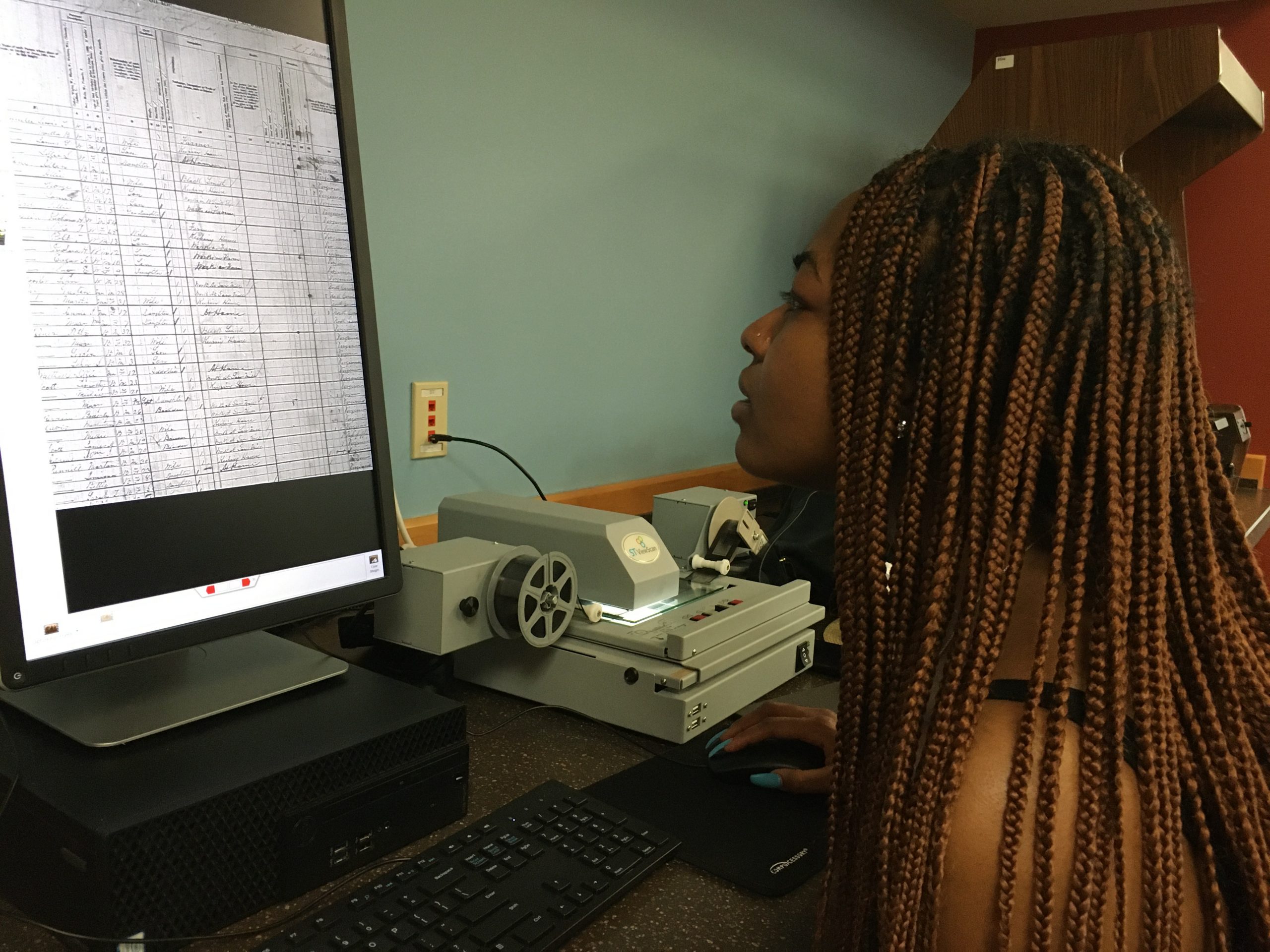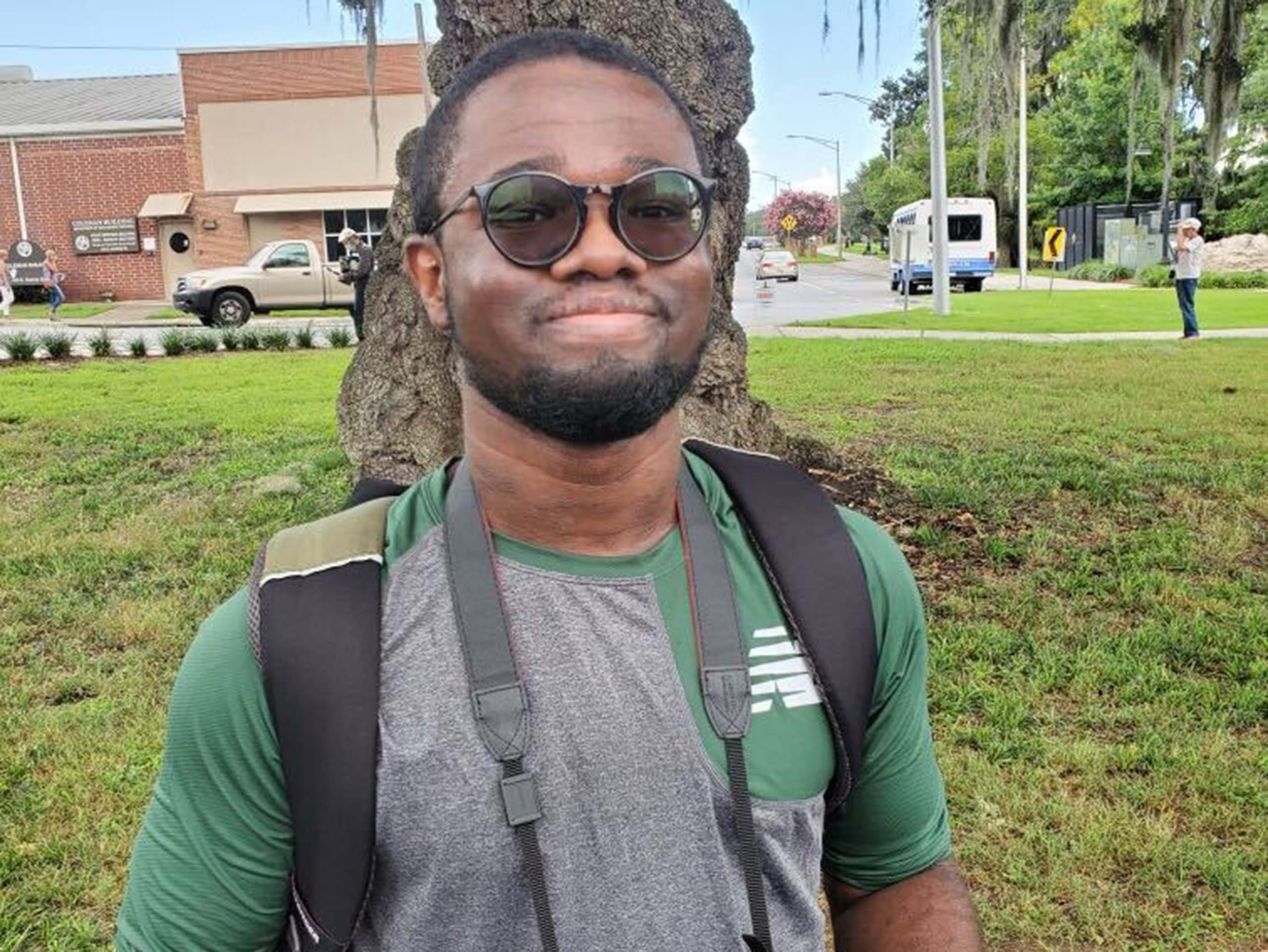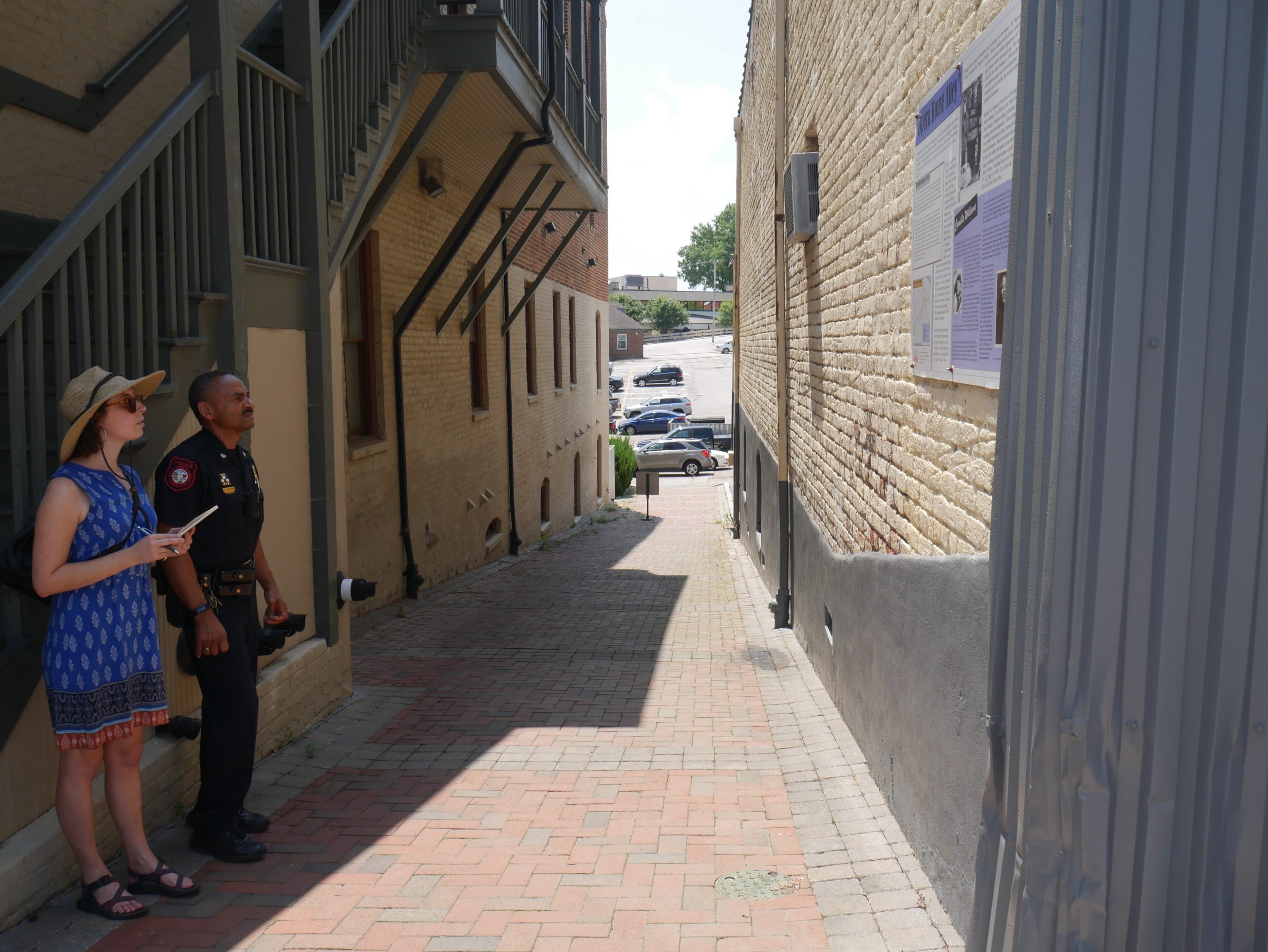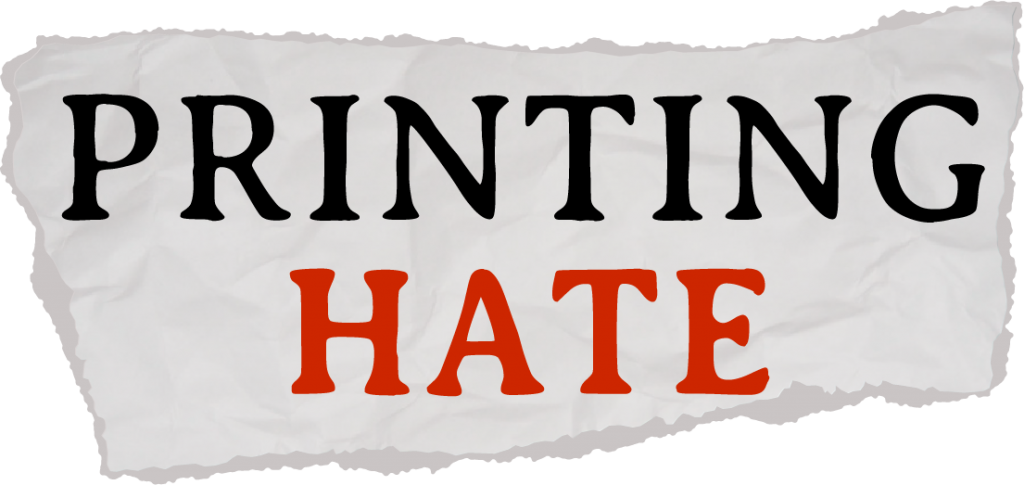The Black Lives Matter protests that drew millions to the streets over the last two years pushed many communities and businesses in the U.S. to reckon with their racist pasts. But one industry — with a few notable exceptions — has largely been silent.
Newspapers.
From the end of Reconstruction to 1940, newspapers were the most powerful news medium in America. Those run by white supremacist publishers and editors printed headlines and stories that fueled racial hate, inciting massacres and lynchings of Black citizens.
Inspired by Associate Professor DeNeen Brown’s reporting on the Tulsa Race Massacre, the Howard Center for Investigative Journalism recruited 31 journalism students from the University of Maryland, Hampton University, Howard University, Morehouse College, Morgan State University and North Carolina Agricultural & Technical State University. They spent the summer of 2021 digging deep into archives and interviewing descendants, experts and historians to document the power of white-owned newspapers to harm the Black community. They were joined in the fall by another 27 students from UMD and two students from the University of Arkansas.




